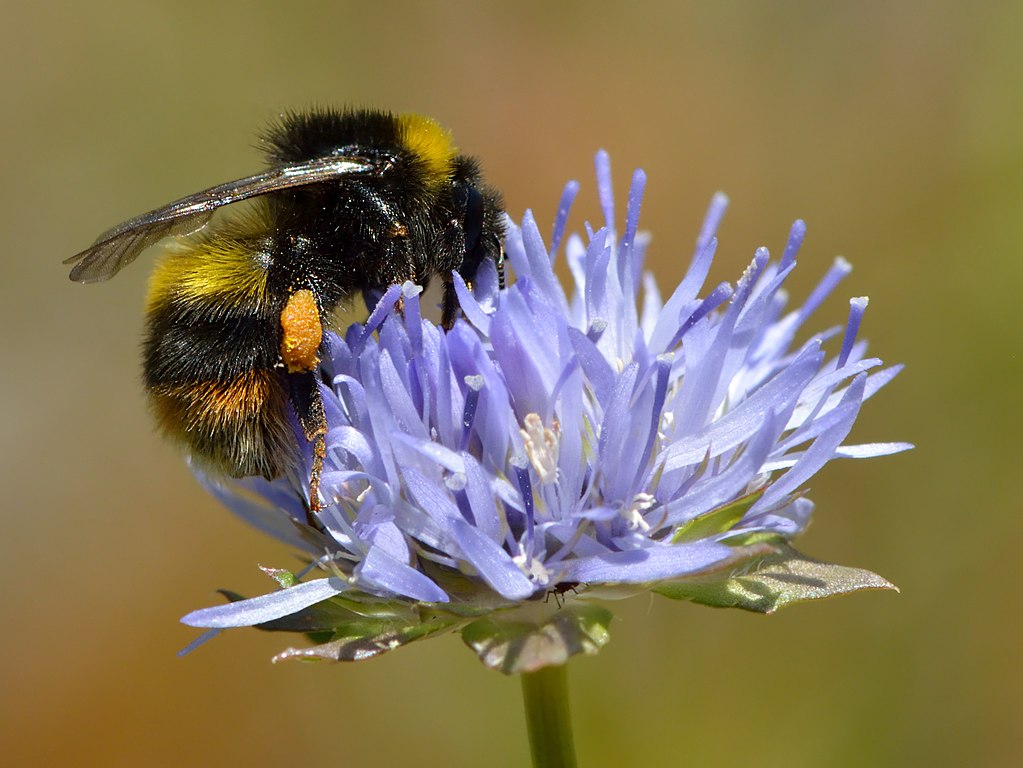
New miscellaneous report on bees and their habitats in four New England states
 The Maine Agricultural and Forest Experiment Station has published MR448: Bees and Their Habitats in Four New England States.
The Maine Agricultural and Forest Experiment Station has published MR448: Bees and Their Habitats in Four New England States.
Authors
Alison C. Dibble, UMaine
Francis A. Drummond, UMaine
Anne L. Averill, University of Massachusetts
Kalyn Bickerman-Martens, UMaine
Sidney C. Bosworth, The University of Vermont Extension
Sara L. Bushman, UMaine
Aaron K. Hoshide, UMaine
Megan E. Leach, UMaine
Kim Skyrm, University of Massachusetts
Eric Venturini, UMaine
Annie White, The University of Vermont
Description
Bees are crucial to pollination in unmanaged ecosystems and some crops, and their roles are increasingly understood in four states in the Northeastern U.S., abbreviated “NNE” in this paper: Maine (ME), Massachusetts (MA), New Hampshire (NH), and Vermont (VT). The four states have in common many native bee and plant species, forest types, and natural communities. They share drought events and risk of wildfire (Irland 2013). They are exposed to many of the same major storms (e.g., hurricanes, Foster 1988), pollution events (Hand et al. 2014), and effects ascribed to climate change (Hayhoe et al. 2008). Beekeeping enterprises (the western honey bee, Apis mellifera, an introduced species) of various sizes exist in each of the states. By including the four states in this review, we hope to better understand wild bee distributions, inspire the expansion of floral resources to support bee populations in a strategic manner, reduce use of pesticides, create pollinator corridors, and protect subtle habitat features such as ground nest sites for solitary bees and patches of native vegetation that are free of invasive plants.
Our objective in this review is to synthesize from a conservation standpoint the state of knowledge regarding bees in NNE, including their diversity, and biology especially as it relates to climate change. We review foraging and nutrition, nest ecology, parasites and parasitoids, native vs. managed bees, and interactions with plants. We then turn our focus to bee habitats, and identify 15 habitat types we find useful for recognizing essential bee resources. We discuss habitat aspects including forest succession, invasive plants, land use alterations, and agriculture including impacts of pesticides, and cover economic aspects of crop-related pollination reservoirs in NNE that demonstrate cost-effectiveness at various scales. We present habitat improvement strategies including passive and active approaches, based on the literature and our experiences in NNE, and we suggest plants for pollinator plantings. Wherever pertinent throughout the text, we highlight threats to bees in our region such as pests and pathogens, pesticides, and habitat loss. Finally, we identify gaps in knowledge that could help in prioritizing directions for future research. We hope this review will be useful to anyone seeking to protect bees and their habitats.
